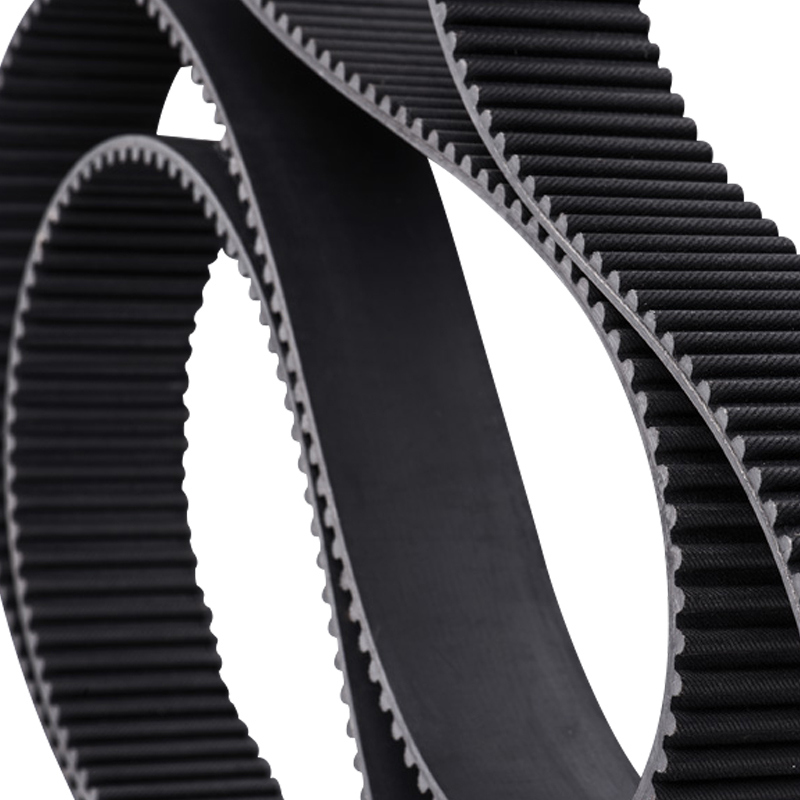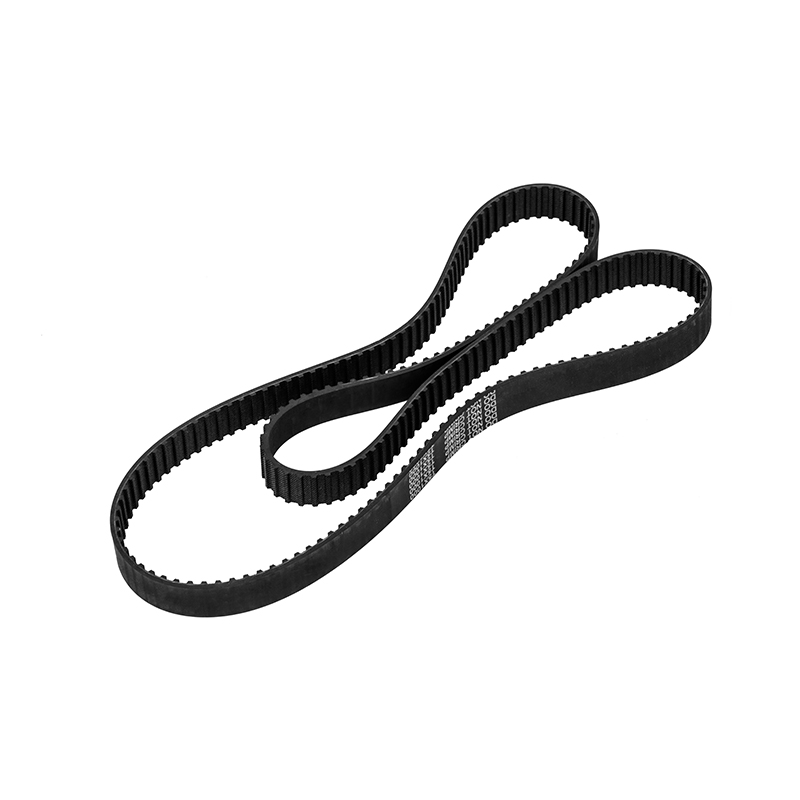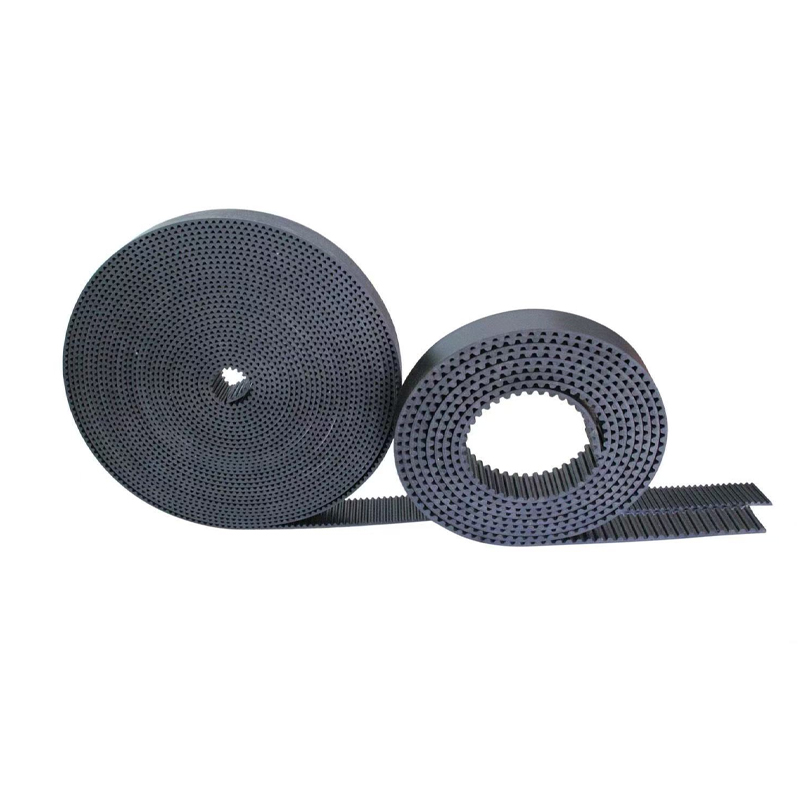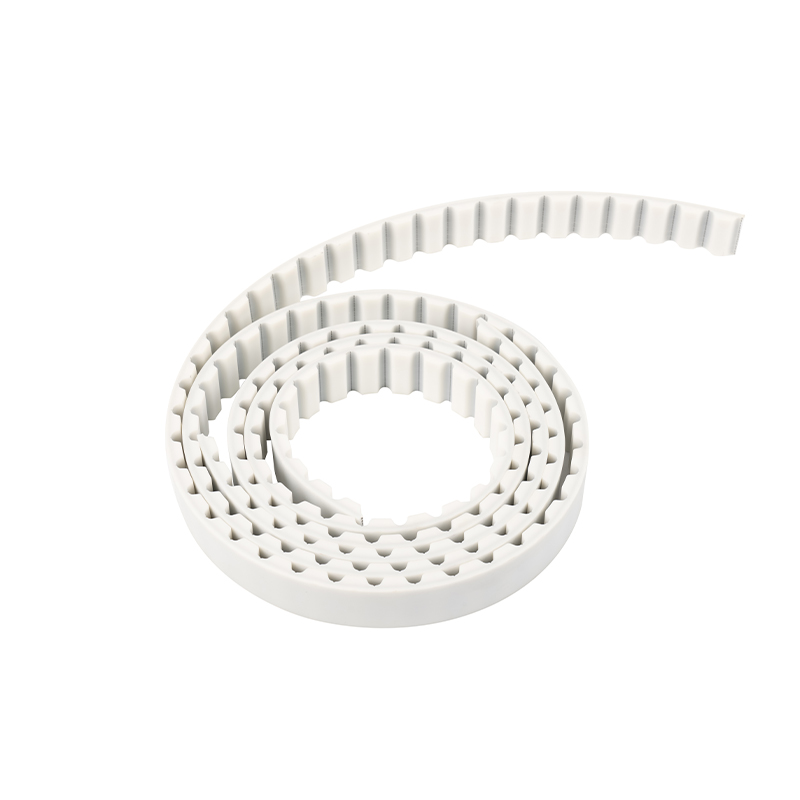PU Endless Timing Belts and Their Impact on Energy Efficiency in Industrial Equipment
2025-11-19
Content
In today’s competitive industrial landscape, manufacturers are continually looking for ways to improve operational efficiency, reduce costs, and minimize their environmental footprint. One often-overlooked yet highly effective solution lies in the choice of transmission components, such as PU endless timing belts. These belts are increasingly being adopted across various industrial sectors due to their superior durability, precision, and, most importantly, their role in enhancing energy efficiency.
What Are PU Endless Timing Belts?
Polyurethane (PU) endless timing belts are a type of belt used in machinery and equipment for transmitting motion and power between shafts. They are designed without seams, making them continuous and durable. The endless design allows for smoother operation, reducing wear and tear on the belt, and ensuring longer service life compared to traditional belts.
These belts are widely used in applications where precision timing and high load-bearing capacity are essential, such as in conveyor systems, material handling, automated assembly lines, and textile machinery. PU timing belts are known for their excellent resistance to abrasion, oil, and chemicals, making them ideal for demanding industrial environments.
The Energy Efficiency Benefits of PU Endless Timing Belts
Reduced Friction for Better Power Transmission
One of the key factors that contribute to energy efficiency in industrial equipment is minimizing friction between moving parts. Traditional rubber or leather belts can generate significant friction, which in turn leads to energy losses and overheating. PU endless timing belts, however, offer a much smoother operation due to their high-quality polyurethane material and precision manufacturing.
The reduced friction means that less energy is required to drive the system, making the entire transmission process more efficient. This not only improves the performance of the machinery but also reduces the energy consumed by motors or other power sources, directly lowering operating costs.
Enhanced Durability Leads to Less Frequent Replacements
PU endless timing belts are known for their long service life. Their resistance to wear, tear, and environmental factors, such as moisture or extreme temperatures, means they last significantly longer than many other types of belts. As a result, businesses can avoid the downtime and costs associated with frequent belt replacements.
When components need to be replaced often, manufacturing systems are interrupted, leading to inefficiencies in both energy and time. By extending the lifespan of timing belts, PU belts help maintain continuous operations and prevent the loss of energy that would otherwise occur during system shutdowns for repairs or maintenance.
Moreover, fewer replacements also reduce waste, contributing to a more sustainable manufacturing process.
Precision and Accurate Power Transfer
In industrial equipment that relies on precise timing for synchronization—such as in assembly lines, printing presses, and CNC machinery—accurate power transmission is crucial for optimal performance. PU endless timing belts offer high precision, ensuring that energy is efficiently transferred without slippage or inconsistency.
This precise transfer of power prevents unnecessary energy losses that occur when belts slip or when motors need to work harder to compensate for inaccuracies. By maintaining constant speed and precise operation, PU timing belts help ensure that motors and other energy-consuming components operate at their peak efficiency, contributing to overall energy savings.
Improved Load Distribution
PU endless timing belts are designed to distribute load evenly across their surface, which reduces the strain on individual sections of the belt. This even load distribution means that the belt operates more efficiently, with less stress on the driving motor and associated components. As a result, less power is required to maintain the desired speed and load capacity.
This characteristic is especially beneficial in industries like manufacturing, where heavy loads and continuous operation are common. Whether moving products along a conveyor belt or driving automated systems, the improved load distribution helps to reduce unnecessary energy consumption, further enhancing the overall energy efficiency of the equipment.
Reduced Maintenance and Energy Costs
Because of their durability, smooth operation, and consistent performance, PU endless timing belts require less maintenance than traditional belts. Regular maintenance—such as checking for wear, replacing damaged parts, and adjusting tension—can be energy-intensive. The less often a system needs to be serviced, the fewer resources (energy, labor, and time) are consumed in maintaining it.
Furthermore, the consistent performance of PU endless timing belts means that machines are running optimally without the energy losses associated with worn or poorly maintained belts. This leads to lower energy costs in the long run, while also contributing to a reduction in overall operational downtime.
Applications of PU Endless Timing Belts in Energy-Efficient Systems
Conveyor Systems
Conveyor systems, used in industries ranging from food processing to logistics and automotive manufacturing, rely heavily on timing belts to move materials efficiently. By incorporating PU endless timing belts into these systems, companies can reduce the energy required to drive the motors that power the belts. The smooth, low-friction operation of the PU belts ensures that power is transmitted efficiently from the motor to the conveyor, reducing unnecessary energy consumption.
Additionally, the increased lifespan of PU timing belts means fewer replacements and less downtime, keeping the conveyor systems running smoothly and efficiently over time.
Automated Production Lines
Automated production lines often require precise and synchronized movement between multiple machines. PU endless timing belts help achieve this synchronization while minimizing the power needed to maintain the correct speed and timing across the system. The belts can handle the consistent motion required for precision machinery, such as robotic arms or assembly stations, without putting excessive strain on the motors.
By reducing the load on motors and providing accurate movement, PU endless timing belts improve the overall energy efficiency of automated systems, ensuring that energy is used only when needed and in the most efficient way.
Textile Machinery
In the textile industry, high-speed machines such as looms, knitting machines, and weaving machines require timing belts that can withstand constant motion and provide precise control over thread tension and machine speed. PU endless timing belts are ideal for these applications because they offer durability and high strength while maintaining excellent energy efficiency.
The improved durability and consistent performance of PU timing belts in textile machinery reduce energy losses caused by friction or slippage, leading to energy savings in the long run. Additionally, the ability to manufacture belts that are tailored to specific machines allows for more efficient power transfer, further enhancing energy performance.
3D Printing Machines
The rise of 3D printing technology in industrial and commercial sectors has introduced new challenges in precision and energy consumption. PU endless timing belts are commonly used in 3D printers to drive the motors that move the print head and build platform. These belts ensure precise movements while minimizing energy consumption during printing operations.
Because 3D printing requires highly accurate and consistent control over the printing process, the use of PU timing belts ensures smooth operation and prevents energy losses that could occur with traditional, less efficient systems.
The Environmental Impact: Reducing Carbon Footprint
By increasing energy efficiency and extending the lifespan of equipment, PU endless timing belts also contribute to sustainability efforts in industrial manufacturing. The reduction in energy consumption translates directly into a lower carbon footprint for factories and businesses that use these belts.
Moreover, fewer belt replacements mean less waste in terms of materials and packaging. The use of polyurethane—a highly durable and recyclable material—further supports environmentally friendly manufacturing practices, as these belts can often be recycled at the end of their service life, reducing landfill waste.


 English
English 中文简体
中文简体













